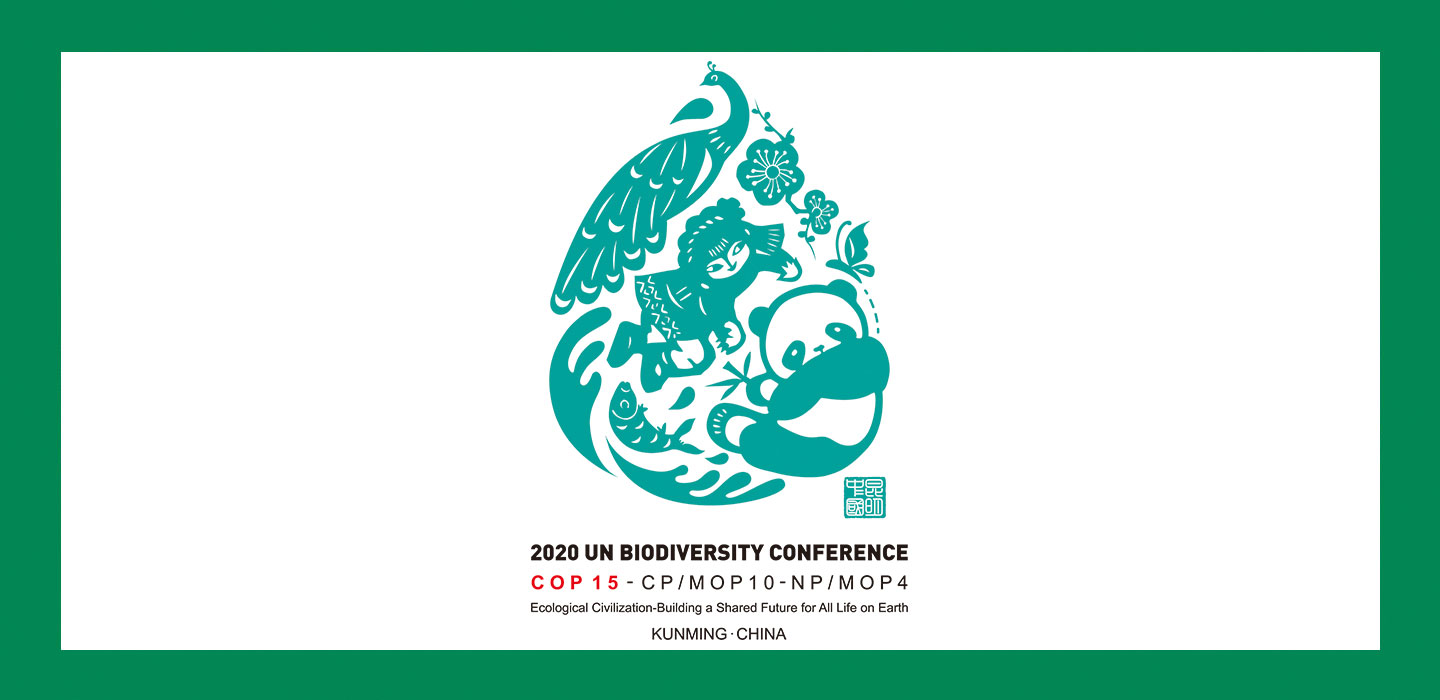中國有超過31,000多種植物和6,000多種動物,其中有100多種屬中國獨有。
在穿越中國的沙漠、山川和海洋時,我親眼目睹這種生物多樣性。
在上一集中,我們討論了中國如何改善其自然和野生動物的未來。
現在,也就是這個月,經過幾十年的努力,中國終於主辦了聯合國生物多樣性大會,這將有助於決定未來 10 年全球生物多樣性保護的方向。
大家好,我是 Kyle Obermann。The China Current特約撰稿人,在這裡,我會向您展示「野性中國」。
保護生物多樣性和棲息地對於保障人類健康、經濟及其未來至關重要。
這就是此次會議非常重要的原因。
俗稱 COP 15的這次會議,是生物多樣性大會的第 15 屆國際會議。
它將會在中國物種最豐富的雲南省昆明市舉行。儘管該會議每兩年舉行一次,但 COP 15 尤其重要,因為此次會議為2020年代的物種保護拉開序幕,並將成為十年來規模最大的會議。
2010 年,第十屆生物多樣性大會(COP10)在日本愛知縣名古屋舉行,訂立了變革性的《名古屋議定書》和 2020 年愛知目標。這些倡議呼籲加強國際合作並致力於實現積極的十年目標,例如保護 17 % 的陸地和 10% 的海洋區域,防止任何物種的進一步滅絕。
但這個目標沒有完全實現。
世界達到了 17% 的陸地目標,但在海洋保護方面還差幾個百分點。在過去十年中,全球保護區增加了 42%。但是,許多保護區的質量仍然很低,因為棲息地繼續以驚人的速度消失。由於過度捕撈現象猖獗,許多物種仍然處於危險之中。
預計此次昆明會議將產生一個新的全球框架,以實現 2030 年的新目標和2050 年之前的總體任務。其中一些大目標包括保護至少 30% 的陸地和 30% 的海洋,將入侵物種的引入率減少一半,消除塑料垃圾的排放,將保護資金增加到每年 2000 億美元,到 2050 年完全實現對自然的和諧改革。
正如主辦方所說:「重視、保護、恢復和明智地利用生物多樣性,可以維持生態系統服務,維持地球的健康,並為所有人帶來福祉。」
這一切聽起來都很棒,但真的都有可能實現嗎?許多人說「名古屋議定書」和「愛知目標」的問題在於,這些目標缺乏明確的衡量標準,也缺乏財政支持。
現在看來,此次框架的初步草案似乎可以解決這些問題。例如,中國和非洲國家正在推動建立一個全球生物多樣性基金。
這是否能夠滿足2030年之前保護和恢復自然所需的每年3500 億美元的支出,仍是個問題。
與此同時,中國繼續強調第十五屆生物多樣性大會取得成功的重要性和現實意義。事實上,生物多樣性大會的目標與中國建設「生態文明」的指導性發展理念非常相似。
該會議將在今年秋季和明年春季舉行兩次主要會議。有一點很清楚,無論是生態文明還是新的生物多樣性框架,都需要我們為未來採取更堅定、更迅速的行動。
China has over 31,000 plant species and 6,000 animal species, 100 species of which are unique to the country.
I’ve seen much of this biodiversity with my own eyes while travelling across China’s deserts, mountainsand oceans.
In a previous episode, we discussed how China transformed the future of its nature and wildlife for the better.
Now, this month, after decades of protection efforts, China is finally hosting the Global Biodiversity Conference that will help decide the direction of global conservation for the next 10 years.
Hi, I’m Kyle Obermann, Nature Contributor for The China Current, showing China’s wild side.
Protecting biodiversity and habitat is critical for safeguarding human health, economy, and its future.
That’s why this conference is so important.
The conference, commonly known as COP 15, will be the 15th iteration of the international gathering. It will be held in the city of Kunming in Yunnan, China’s most species-rich province. Although the conference happens every two years, COP 15 is particularly important in that it kicks off species protection in the 2020s and will be the largest such conference of the decade.
At the start of the 2010s, COP 10 was held in Nagoya, Aichi Prefecture in Japan, and resulted in the transformative Nagoya Protocol and Aichi target goals for 2020. These initiatives called for greater international cooperation and commitment towards aggressive decade goals such as protecting 17% of land and 10% of marine areas and preventing the further loss of any species.
This was only partially successful. The world met the 17% land goal, but fell a few percentage points short on marine protection. Protected areas increased 42% across the globe during the last decade. But, the quality of many protected areas still remains low, as habitats continue to be lost at an alarming rate, overfishing runs rampant, and many species are still at risk.
The Kunming conference is expected to result in a renewed global framework to achieve new targets for 2030 and an overall mission by 2050. Some of these big goals include protecting at least 30% of land and 30% of seas, reducing the rate of introduction of invasive species by half, eliminating the discharge of plastic waste, increasing protection funding to $200 billion per year, and achieving complete and transformative harmony with nature by 2050.
As the event organizers put it: “Biodiversity is valued, conserved, restored, and wisely used, maintaining ecosystem services, sustaining a healthy planet, and delivering benefits essential for all people.”
This all sounds great, but is it all possible? Many say that the problem with the Nagoya Protocol and Aichi Targets were that the goals lacked clear measurement standards and lacked financial backing.
Now, the initial draft of the framework looks as if it will address these issues. For example, China and African nations are pushing for the creation of a global biodiversity fund. Whether this will be able to meet the annual $350 billion needed to spend on protecting and restoring nature by 2030 is still in question.
Meanwhile, China continues to be very vocal about the importance and realism of pushing COP 15 towards success. In fact, COP’s goals sound very similar to China’s guiding development concept of building an “ecological civilization.”
The conference will be held over two main sessions this fall and next spring. One thing that is clear is that whether it’s an ecological civilization or new biodiversity framework, the need for firmer and faster action for our future is dire.

